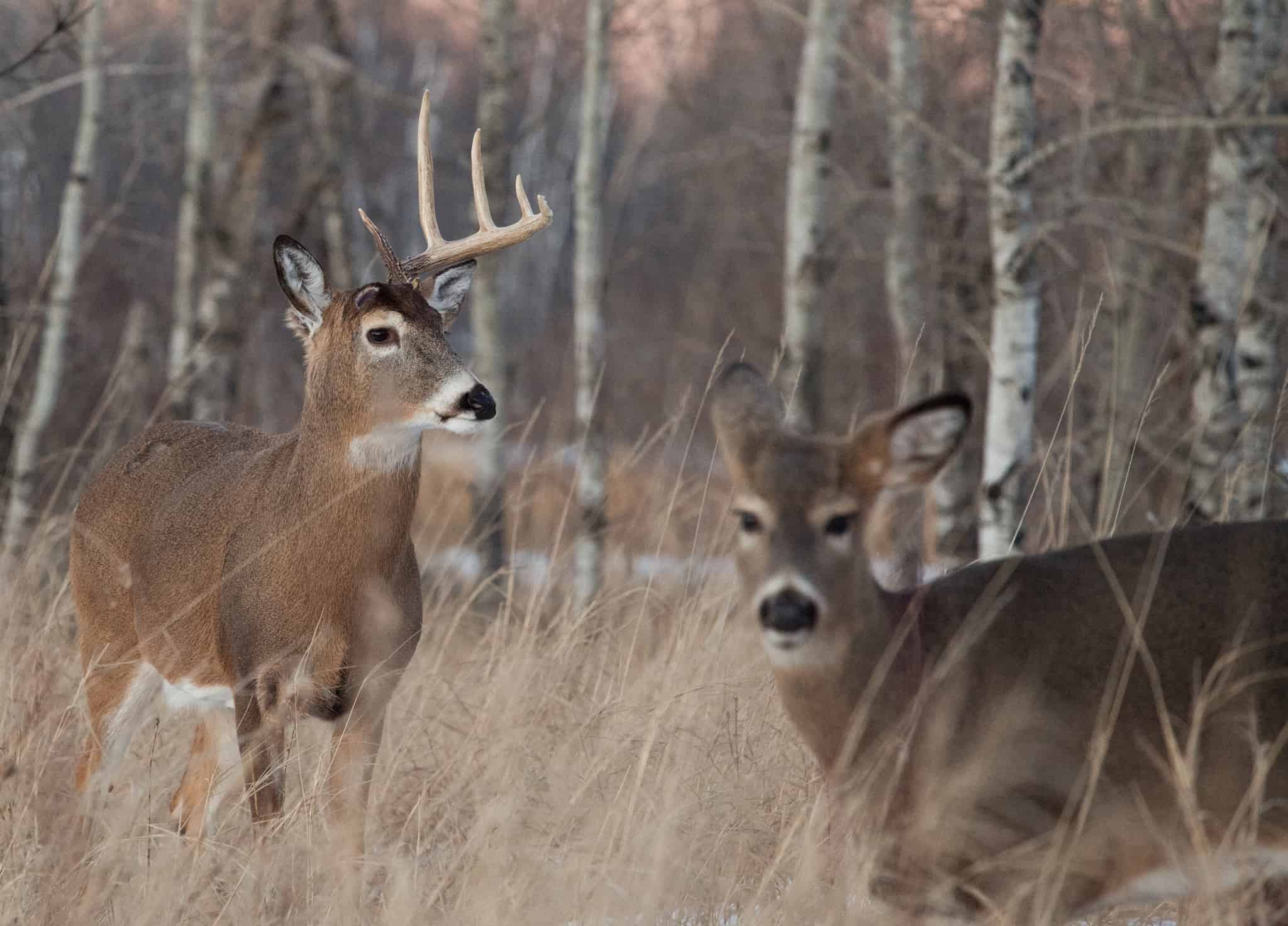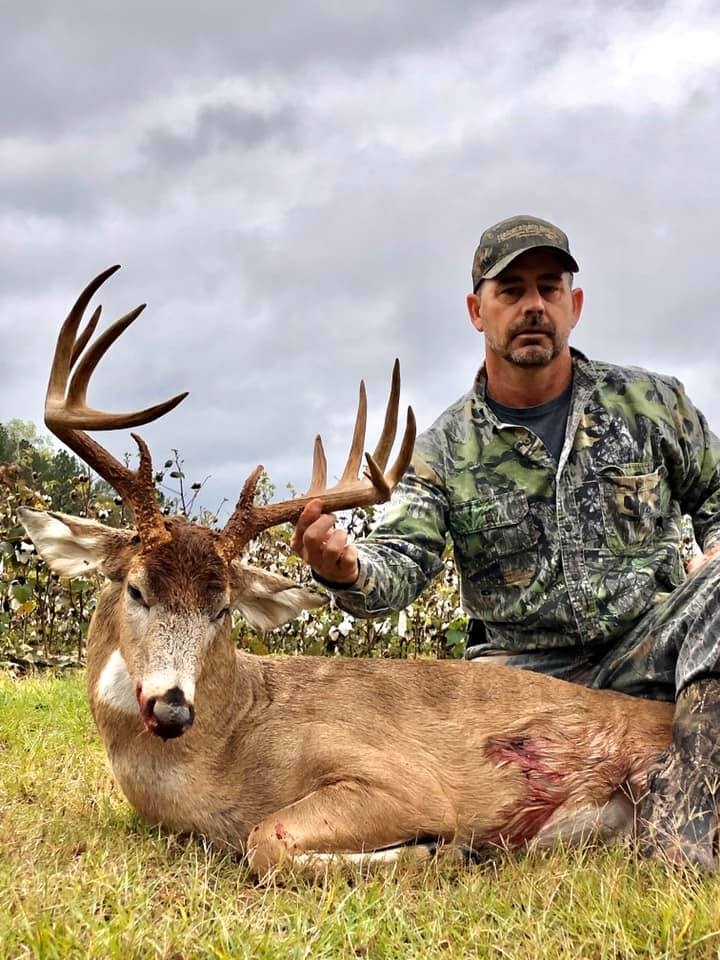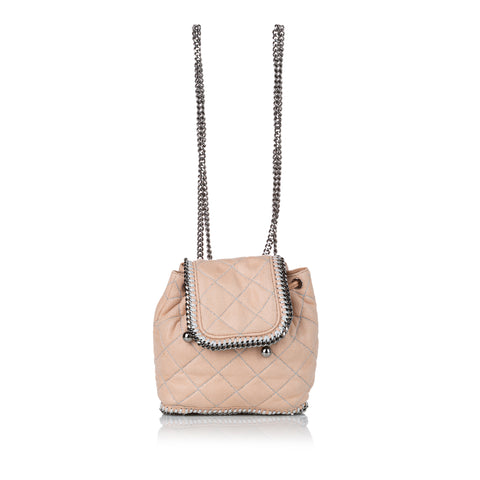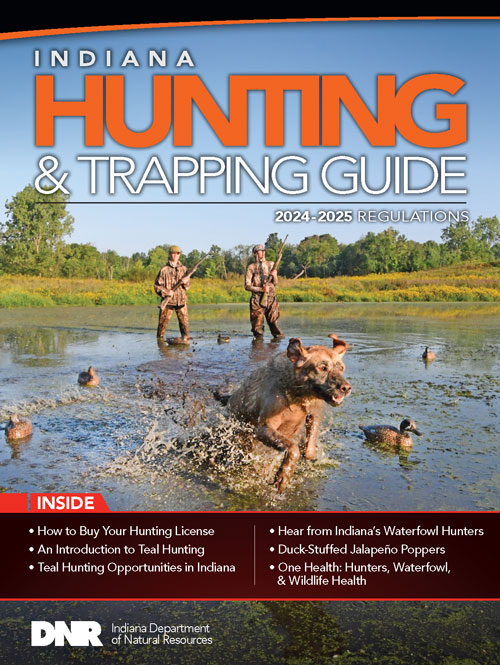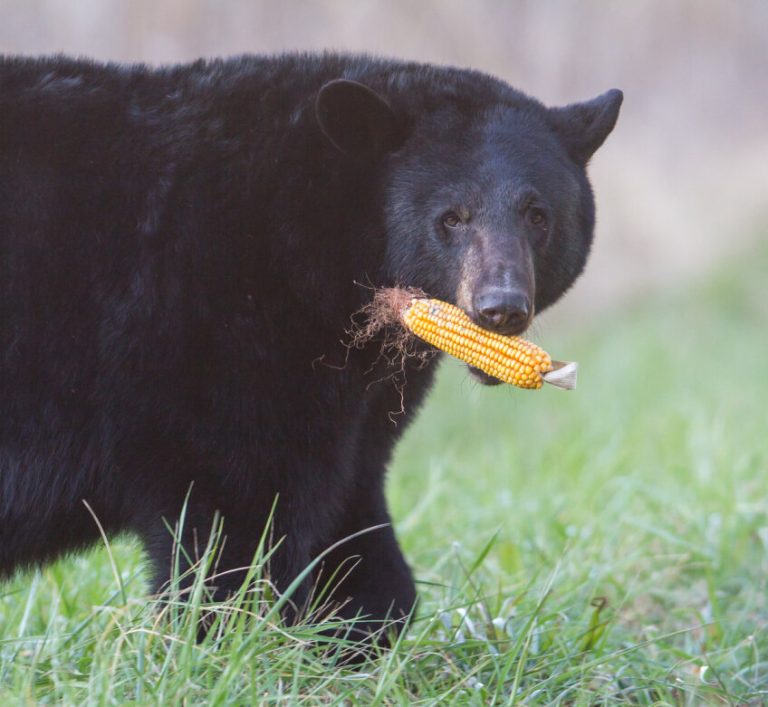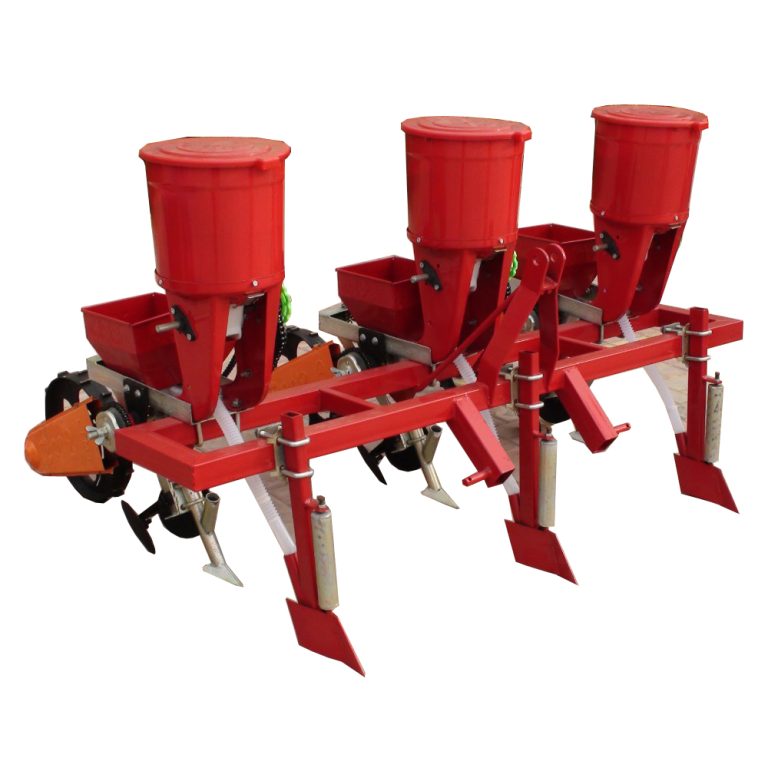Do Whitetail Deer Shed Their Antlers: Nature’s Fascinating Cycle
Yes, whitetail deer do shed their antlers. They drop them every year.
This usually happens in late winter. Whitetail deer are known for their impressive antlers. These antlers grow back each year, bigger and stronger. But why do they shed them? The process of shedding and regrowing antlers is fascinating. It involves a complex mix of hormones and environmental factors.
Understanding this process can give us deeper insights into the life cycle of these magnificent creatures. In this blog post, we will explore why and how whitetail deer shed their antlers. We will also look at what happens after they shed them. So, let’s dive into the world of whitetail deer and their antlers.
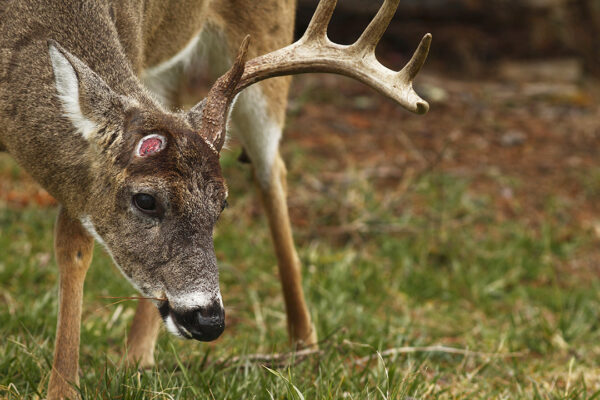
Credit: dwr.virginia.gov
Whitetail Deer Antlers
Whitetail deer are known for their impressive antlers. These antlers are not just for show. They serve many purposes, from attracting mates to defending territory. Understanding the structure and growth of these antlers can be fascinating.
Structure And Function
Whitetail deer antlers are made of bone. They start growing from pedicels on the deer’s skull. The antlers are covered with a soft tissue called velvet. This velvet helps supply nutrients to the growing bone. Once fully grown, the velvet dries and falls off. The hard, bony structure remains.
Antlers have several points called tines. The number of tines can indicate the deer’s age and health. Antlers are used in fights with other males. These fights determine dominance and mating rights. Antlers also serve as a visual signal to other deer.
Growth Phases
Antler growth begins in the spring. Hormones like testosterone play a key role. During the summer, antlers grow rapidly. Nutrients from the deer’s diet are crucial during this phase. By late summer, the antlers reach their full size.
In the fall, testosterone levels rise. This causes the velvet to shed. The exposed antlers are then used in mating battles. After the mating season, hormone levels drop. This triggers the shedding of the antlers. The cycle starts again the next spring.
Understanding these phases helps in managing deer populations. It also aids in conservation efforts. Each phase is critical for the deer’s survival and reproduction.
The Shedding Process
The process of whitetail deer shedding their antlers is fascinating. It showcases the natural cycle these majestic animals undergo each year. The shedding process is influenced by various factors and occurs in a specific time frame. Understanding this process can provide insights into the behavior and biology of whitetail deer.
Timing Of Shedding
Whitetail deer typically shed their antlers between late winter and early spring. This timing can vary based on the region and climate. Most bucks will lose their antlers from January to March. The exact timing depends on the individual deer’s health and age.
Environmental Triggers
Several environmental factors influence the shedding process. One key factor is the length of daylight. As days become shorter in winter, hormonal changes occur in deer. These changes lead to the weakening of the antler’s base. Nutritional status and stress levels also play roles. Deer with better nutrition and lower stress levels shed their antlers earlier.
Another trigger is the end of the mating season. After the rut, testosterone levels drop, causing antlers to loosen. This drop signals the body to start the shedding process. Cold temperatures and reduced food availability further accelerate shedding.
Biological Mechanisms
Understanding the biological mechanisms behind antler shedding in whitetail deer is fascinating. These processes are driven by hormonal changes and physical actions in the deer’s body. Let’s delve into the role of hormones and the process of antler detachment.
Role Of Hormones
Hormones play a crucial role in antler shedding. Testosterone levels in male deer rise and fall with the seasons. During the fall, testosterone levels peak, aiding in antler growth and hardening. This period is vital for mating.
As winter approaches, testosterone levels drop. This decline signals the end of the mating season. The falling hormone levels trigger the antlers to loosen. The body starts preparing for the shedding process.
Antler Detachment
Antler detachment is a remarkable process. The decline in testosterone causes cells at the base of the antlers to weaken. This area is known as the pedicle. The weakened cells cause the antlers to detach from the pedicle.
Once detached, the antlers fall to the ground. The process can take a few weeks. New antlers begin to grow soon after shedding. The cycle of growth and shedding continues each year.
Factors Affecting Shedding
Whitetail deer shed their antlers every year. Several factors influence this natural process. Understanding these factors can offer insights into the health and behavior of these majestic animals.
Age And Health
The age of a whitetail deer plays a crucial role in antler shedding. Younger bucks may retain their antlers longer. Older bucks tend to shed earlier. Health also impacts shedding. A healthy deer sheds at a different time than a sick one. Illness or injury can cause early antler drop.
Nutritional Impact
Nutrition greatly affects antler shedding. Deer with a poor diet may shed earlier. Good nutrition supports strong antler growth and retention. Access to quality food sources ensures better antler health. Proper minerals and vitamins are essential. They help maintain antler structure and strength.
After Shedding
After shedding their antlers, whitetail deer enter a new phase of their life cycle. This period is crucial for the regrowth of antlers and impacts their behavior significantly.
Regrowth Of Antlers
Once whitetail deer shed their antlers, the regrowth process begins almost immediately. The new antlers start as soft tissue covered in a velvety skin. This velvet is rich in blood vessels and nerves, providing essential nutrients for growth.
The growth rate of antlers is rapid. They can grow up to half an inch per day. By late summer, the antlers are fully formed and begin to harden. The velvet dries up and is rubbed off against trees and shrubs. This process is called “velvet shedding.”
Impact On Behavior
The shedding and regrowth of antlers have a significant impact on whitetail deer behavior. During the velvet phase, bucks are less aggressive and more focused on feeding. They need to consume high-quality food to support antler growth.
Once the antlers have hardened, bucks become more territorial. They use their antlers to establish dominance and compete for mating opportunities. This period of increased aggression typically aligns with the rut season.
Additionally, bucks will often form bachelor groups after shedding their antlers. These groups provide safety in numbers and allow bucks to focus on feeding and growing their new set of antlers.
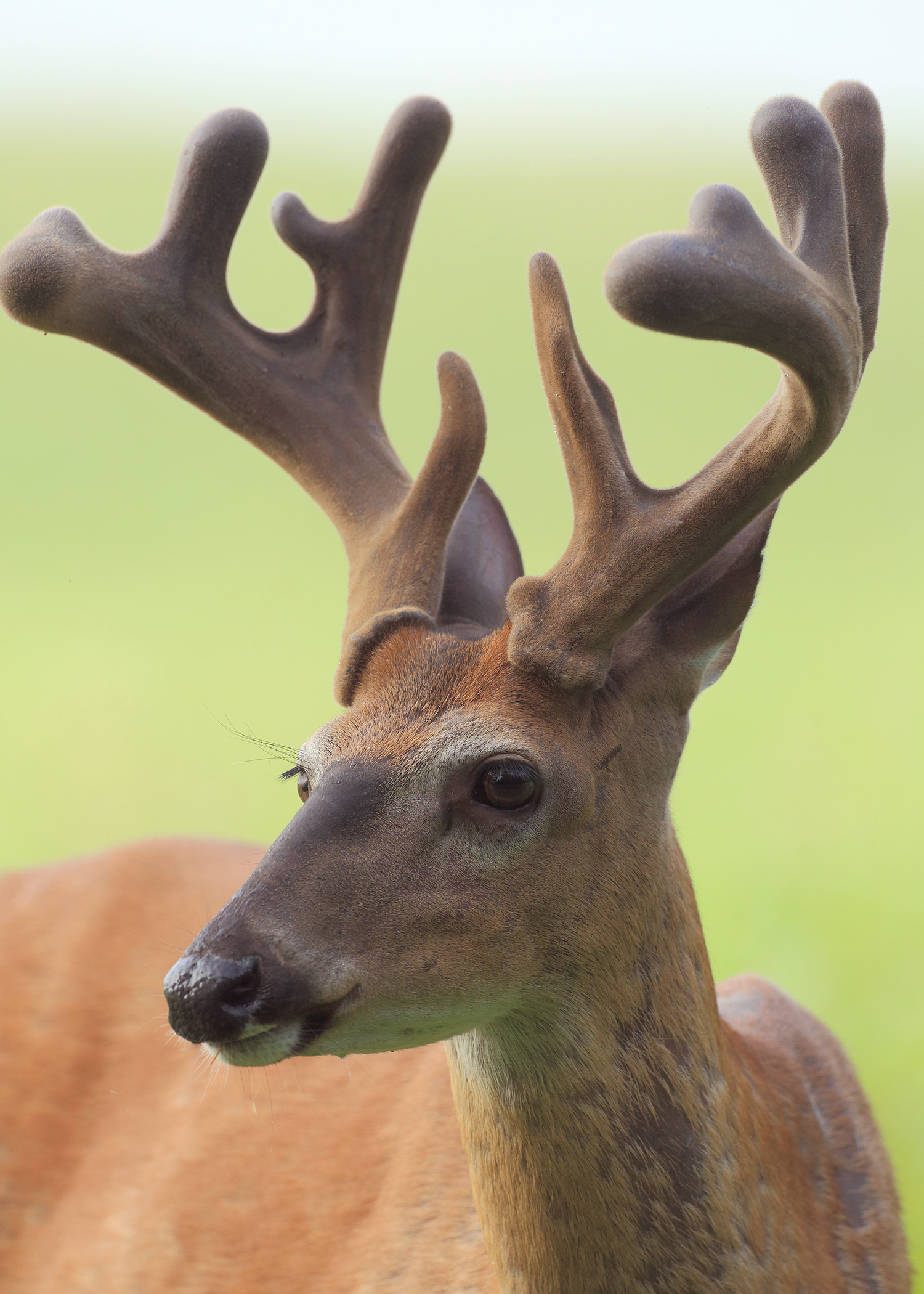
Credit: extension.msstate.edu
Ecological Significance
The shedding of antlers by whitetail deer is more than a fascinating natural event. It plays a crucial role in maintaining ecological balance. This process contributes to nutrient recycling and affects the survival of various species in the ecosystem.
Nutrient Recycling
When whitetail deer shed their antlers, the discarded antlers decompose and release essential nutrients back into the soil. These nutrients include calcium and phosphorus, which are vital for plant growth. This process ensures that the forest floor remains fertile and supports diverse plant life.
Additionally, small mammals and invertebrates often gnaw on the shed antlers. They seek calcium and other minerals, which are rare in their regular diet. This behavior helps in breaking down the antlers faster, speeding up the nutrient recycling process.
Impact On Other Species
Shed antlers serve as a valuable resource for many species. Rodents, such as squirrels and mice, often chew on them to wear down their constantly growing teeth. This activity not only aids the rodents but also helps in further breaking down the antlers.
Moreover, larger animals like foxes and coyotes might use the antlers as a source of food or as playthings. Birds often use bits of antler material to build nests. This shows how shed antlers contribute to the welfare of various animals within the ecosystem.
In summary, the shedding of antlers by whitetail deer is a vital ecological process. It promotes nutrient recycling and benefits multiple species, ensuring a balanced and thriving ecosystem.
Human Interest
Deer are fascinating creatures. People are curious about their habits. One intriguing aspect is their antlers. Whitetail deer shed their antlers yearly. This natural process draws attention. It’s not just hunters who care. Ordinary folks find it interesting too. The antlers tell a story. They hint at the deer’s life and struggles.
Hunting And Antler Collection
Hunters look forward to deer shedding season. They collect antlers as trophies. Some even track deer to find the best antlers. It’s a challenge. It’s about patience and skill. Antler collection is not just for hunters. Nature lovers enjoy it too. Finding a shed antler feels like discovering a hidden treasure. Each antler is unique. They make great decorations. People use them in crafts. They even sell them. Antlers have a market value. This makes the search even more thrilling.
Conservation Efforts
Deer conservation is crucial. Healthy deer populations benefit everyone. Conservationists study shedding patterns. They use this data to protect habitats. They also ensure sustainable hunting practices. This helps maintain a balance. Educating the public is key. People learn to respect wildlife. They understand the importance of conservation. This knowledge leads to better decisions. Protecting deer means protecting our environment too. Every small effort counts. Together, we can make a difference.
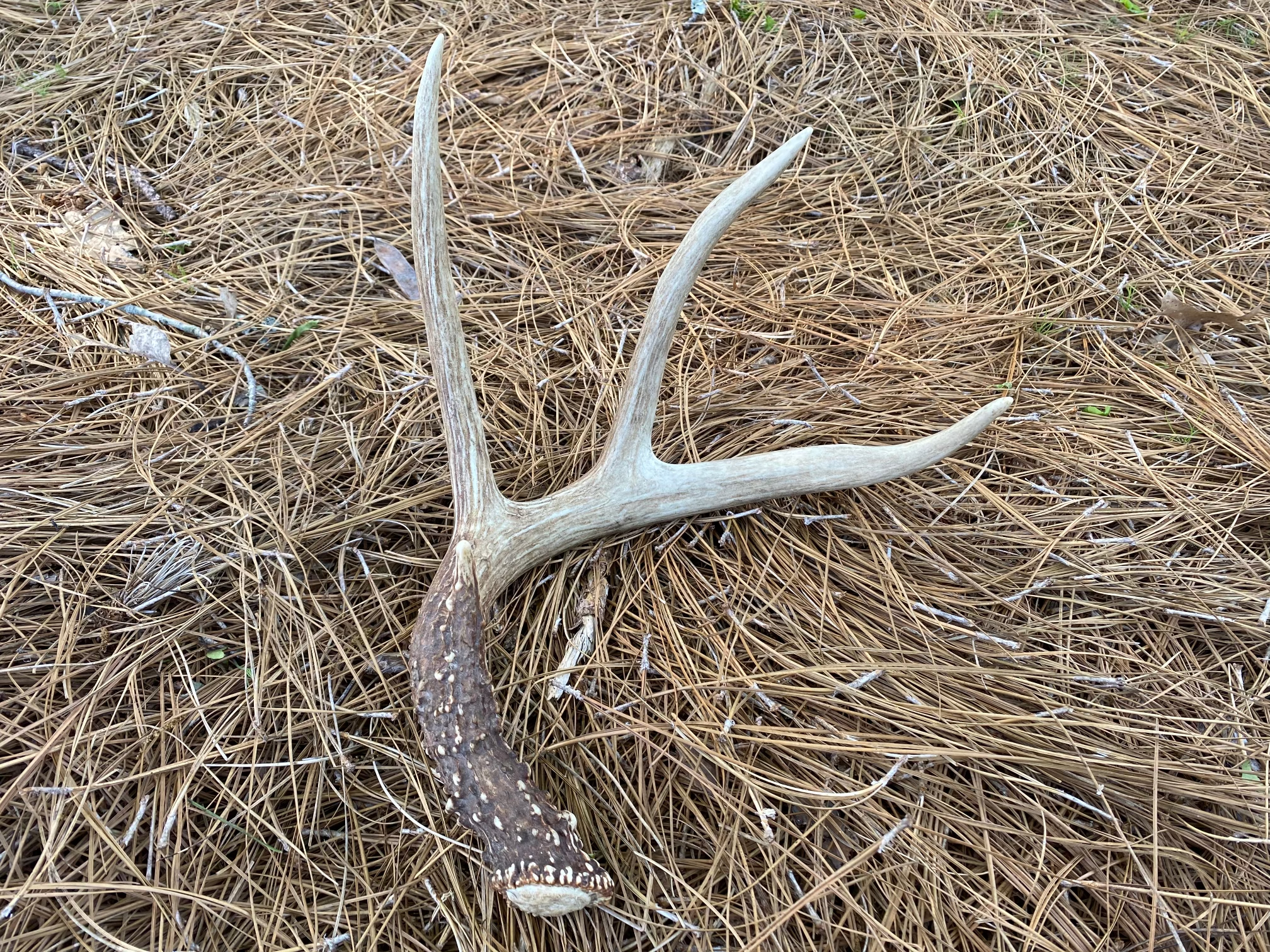
Credit: www.aces.edu
Interesting Facts
Whitetail deer are fascinating creatures. One of the most intriguing aspects about them is their antlers. Each year, these majestic animals shed their antlers. This natural process is both unique and captivating. Let’s delve into some interesting facts about whitetail deer and their antlers.
Historical Uses Of Antlers
Antlers have been used by humans for centuries. Early humans utilized antlers for various purposes. Here are some historical uses:
- Tools: Antlers were shaped into tools and weapons.
- Artwork: Many ancient cultures carved antlers into intricate designs.
- Medicine: Some believed antlers had healing properties.
These uses highlight the importance of antlers in human history. They were not just admired for their beauty but also for their utility.
Antler Myths And Legends
Antlers have also inspired many myths and legends. Here are a few intriguing stories:
- Norse Mythology: The god Odin’s eight-legged horse, Sleipnir, was said to have antler-like horns.
- Native American Legends: Some tribes believed antlers represented strength and spiritual power.
- European Folklore: In some tales, deer with golden antlers were messengers from the gods.
These stories add a mystical element to the already fascinating world of whitetail deer. Antlers have been seen as symbols of power, spirituality, and mystery across various cultures.
Frequently Asked Questions
Do Whitetail Deer Shed Their Antlers Annually?
Yes, whitetail deer shed their antlers every year. This typically occurs in late winter or early spring. The process is natural and helps them grow new, larger antlers.
Why Do Whitetail Deer Shed Their Antlers?
Whitetail deer shed their antlers to conserve energy. Shedding allows them to grow new antlers, which can be larger and stronger each year.
When Do Whitetail Deer Shed Antlers?
Whitetail deer usually shed their antlers between January and April. The exact timing can vary based on age, health, and environmental factors.
How Do Whitetail Deer Shed Their Antlers?
Whitetail deer shed their antlers by weakening the tissue at the antler base. This causes the antlers to fall off naturally.
Conclusion
Whitetail deer shed their antlers every year. This natural process helps them grow new, stronger antlers. Shedding usually occurs in late winter or early spring. Factors like age, health, and environment influence this cycle. Watching this process can be fascinating for nature lovers.
Understanding it helps us appreciate these majestic creatures more. So, next time you spot a deer, think about their amazing antler journey. Their antlers are more than just a crown; they are a testament to survival and adaptation. Respect and enjoy the beauty of whitetail deer in their natural habitat.

